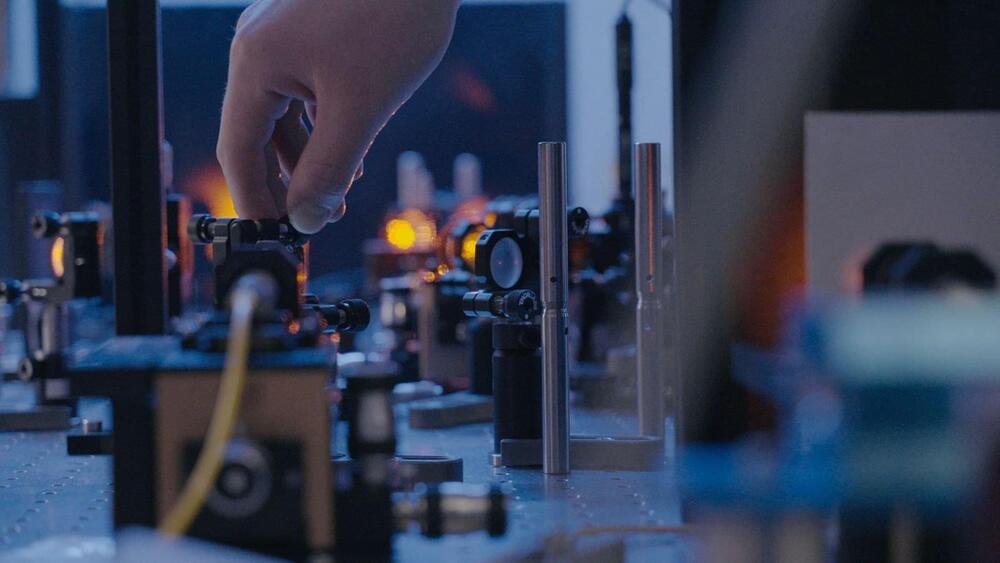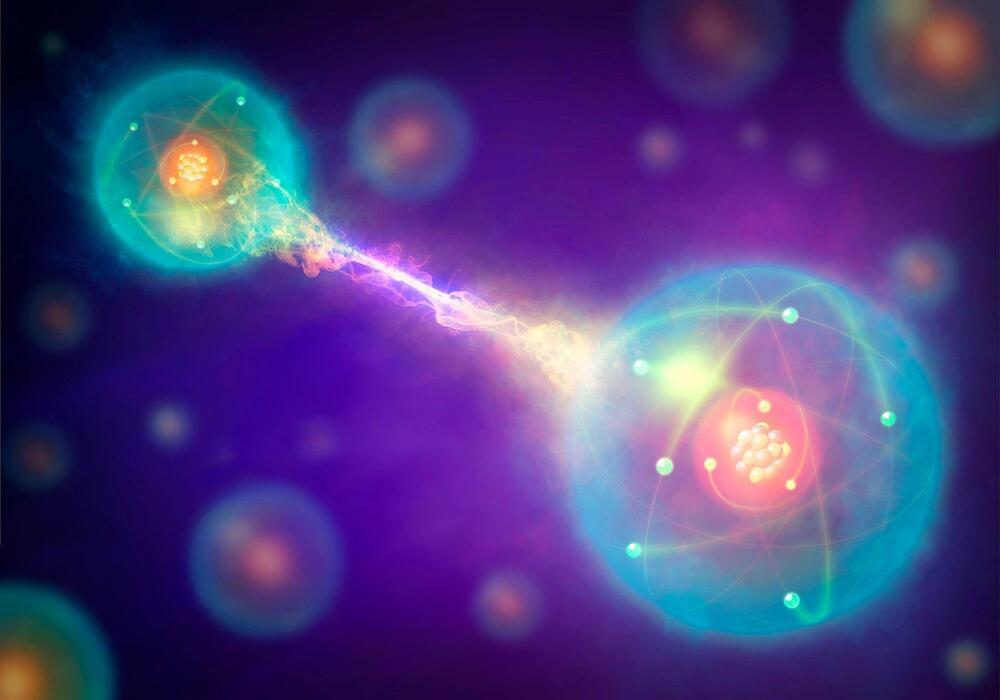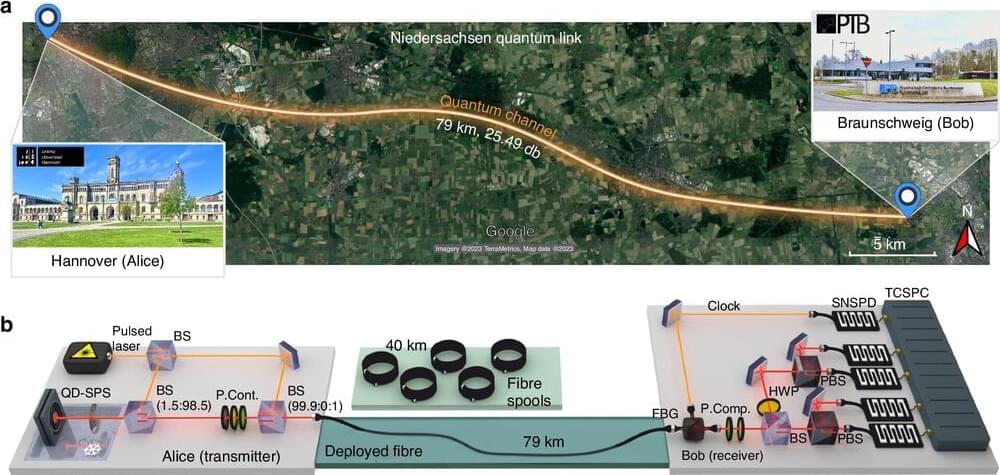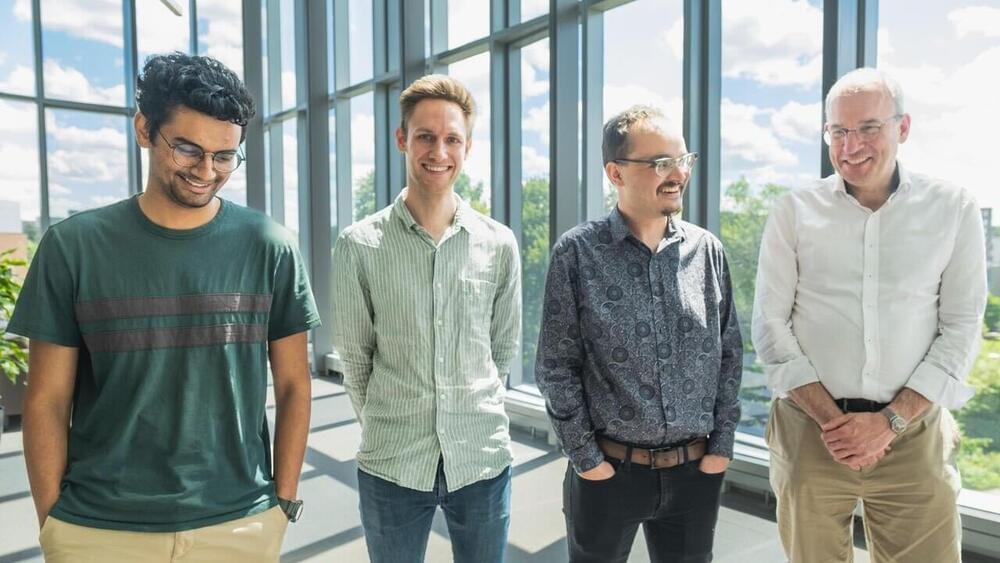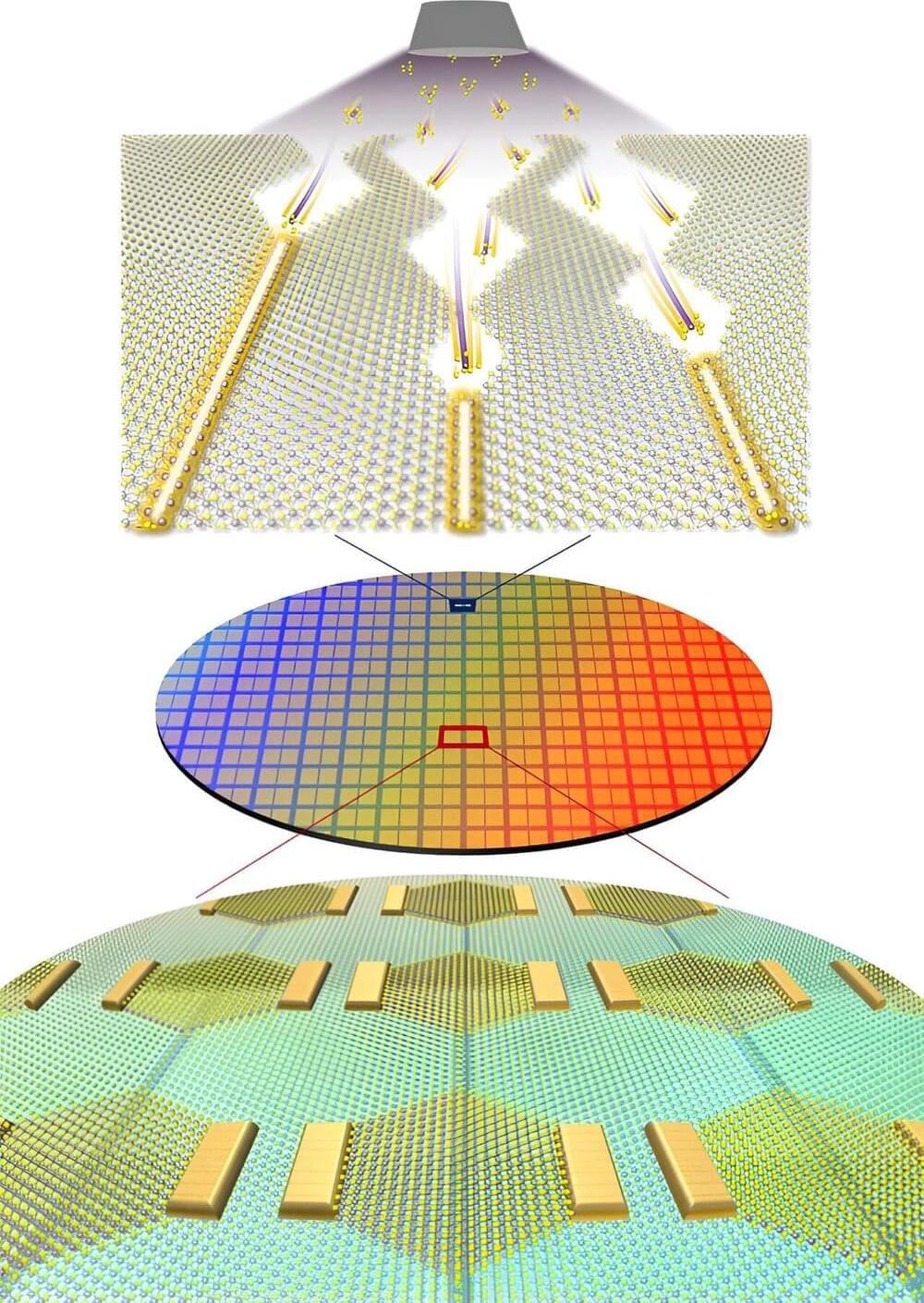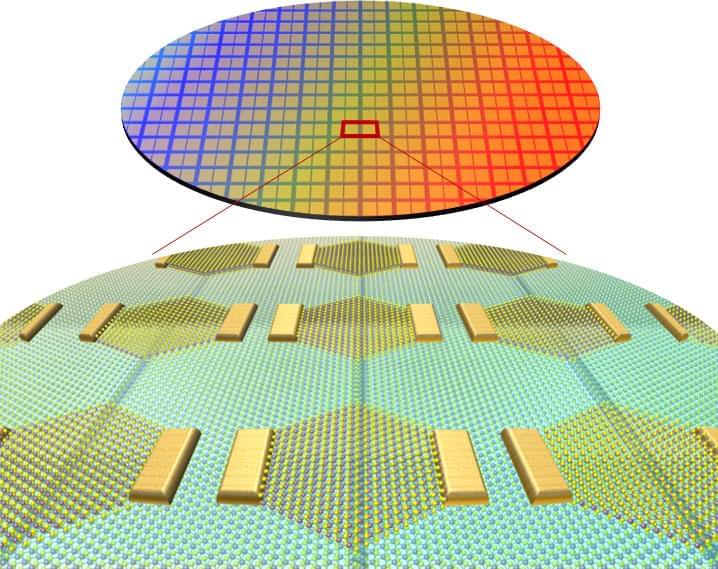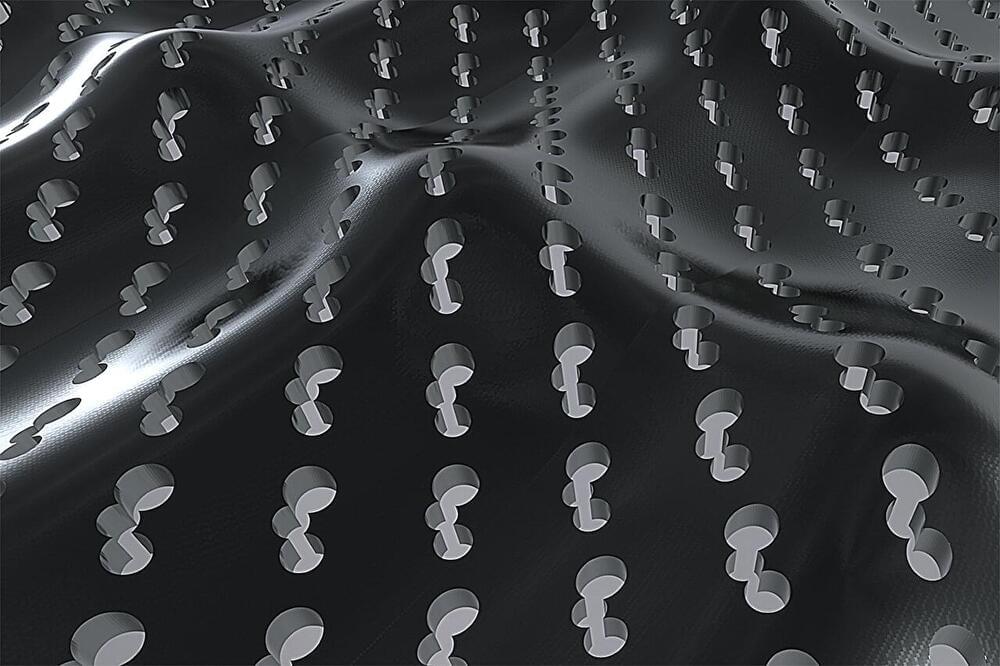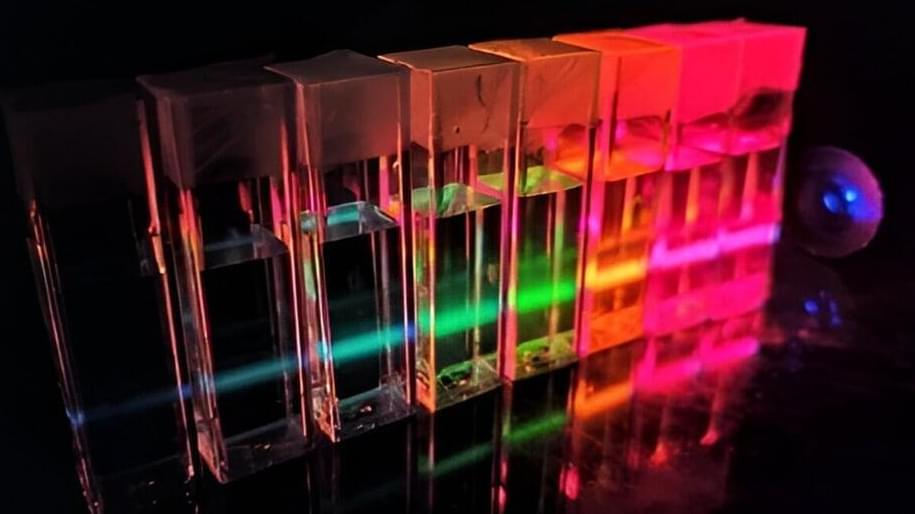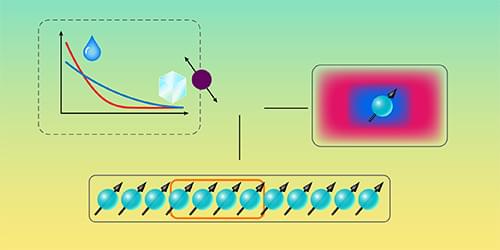A groundbreaking study has demonstrated the use of liquid crystals for efficient and tunable spontaneous parametric down-conversion (SPDC), expanding the potential of quantum light sources beyond traditional solid materials.
Spontaneous parametric down-conversion (SPDC), a key method for generating entangled photons used in quantum physics and technology, has traditionally been restricted to solid materials. However, researchers at the Max Planck Institute for the Science of Light (MPL) and the Jozef Stefan Institute in Ljubljana, Slovenia, have recently achieved a breakthrough by demonstrating SPDC in a liquid crystal for the first time. Their findings, published in Nature, pave the way for the development of a new generation of quantum sources that are both efficient and tunable by electric fields.
The splitting of a single photon in two is one of the most useful tools in quantum photonics. It can create entangled photon pairs, single photons, squeezed light, and even more complicated states of light which are essential for optical quantum technologies. This process is known as spontaneous parametric down-conversion (SPDC).
